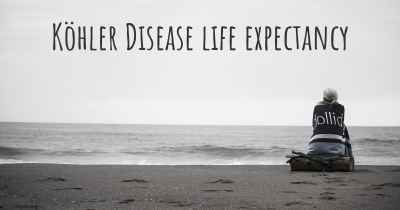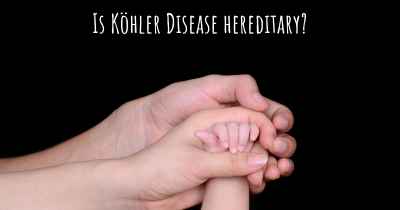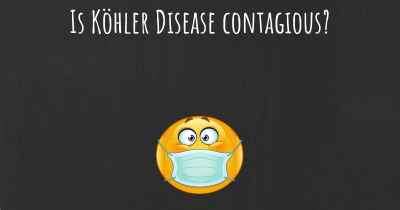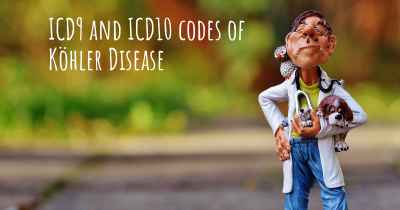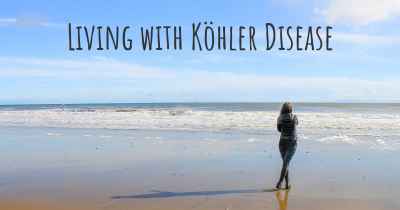Which are the symptoms of Köhler Disease?
See the worst symptoms of affected by Köhler Disease here
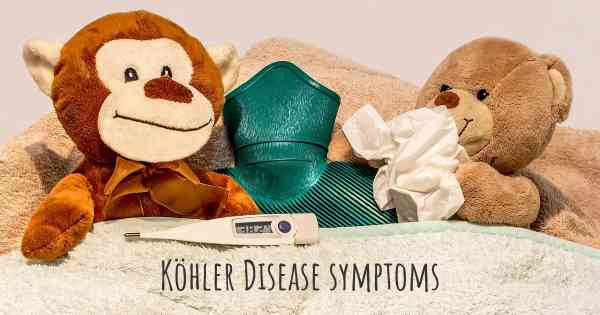
Köhler Disease, also known as Köhler bone disease or osteochondrosis of the tarsal navicular bone, is a rare condition that primarily affects children between the ages of 3 and 10. It is characterized by temporary disruption of blood supply to the navicular bone in the foot, leading to bone degeneration and subsequent pain and discomfort. While the exact cause of Köhler Disease remains unknown, it is believed to be related to the immature structure and development of the navicular bone.
Symptoms:
The symptoms of Köhler Disease can vary from mild to severe, and may include:
- Pain and tenderness: Children with Köhler Disease often experience pain and tenderness in the midfoot area, specifically on the top and inner side of the foot. The pain may worsen with activity or prolonged standing.
- Limping: Due to the discomfort and pain, affected children may develop a limp or favor the unaffected foot while walking or running.
- Swelling: Swelling around the navicular bone can occur, leading to localized inflammation and increased warmth in the affected area.
- Redness: In some cases, the skin over the navicular bone may appear reddened or irritated.
- Difficulty bearing weight: As the condition progresses, children may find it increasingly difficult to bear weight on the affected foot, leading to further limitations in mobility.
- Stiffness: The affected foot may feel stiff, making it challenging to move the foot and ankle freely.
- Decreased range of motion: Children with Köhler Disease may experience a reduced range of motion in the affected foot, making activities such as running, jumping, or climbing stairs more challenging.
It is important to note that the symptoms of Köhler Disease typically occur in only one foot, although in rare cases, both feet may be affected simultaneously. The condition usually resolves on its own over time as the blood supply to the navicular bone improves and the bone regenerates.
Diagnosis and Treatment:
If Köhler Disease is suspected, it is crucial to consult a healthcare professional for an accurate diagnosis. The doctor will perform a physical examination, evaluate the child's medical history, and may order imaging tests such as X-rays or MRI scans to assess the condition of the navicular bone.
As Köhler Disease is a self-limiting condition, treatment primarily focuses on managing symptoms and providing pain relief. The following measures are commonly recommended:
- Activity modification: Resting the affected foot and avoiding activities that exacerbate pain can help alleviate symptoms and promote healing.
- Immobilization: In some cases, a short leg cast or brace may be prescribed to immobilize the foot and reduce stress on the navicular bone.
- Pain management: Over-the-counter pain medications, such as acetaminophen or ibuprofen, may be recommended to relieve pain and inflammation.
- Orthotic devices: Custom shoe inserts or orthotic devices can provide support and cushioning to the foot, reducing pressure on the affected bone.
In rare instances where symptoms persist or worsen, additional interventions such as physical therapy or, in severe cases, surgical intervention may be considered. However, these options are typically reserved for exceptional cases that do not respond to conservative treatments.
Conclusion:
Köhler Disease is a temporary condition that primarily affects children, causing pain, tenderness, and limited mobility in the foot. While the symptoms can be distressing, the condition usually resolves on its own as the blood supply to the navicular bone improves. Prompt diagnosis and appropriate management can help alleviate discomfort and ensure a smooth recovery. If you suspect your child may be experiencing symptoms of Köhler Disease, it is essential to consult a healthcare professional for an accurate diagnosis and appropriate treatment.
